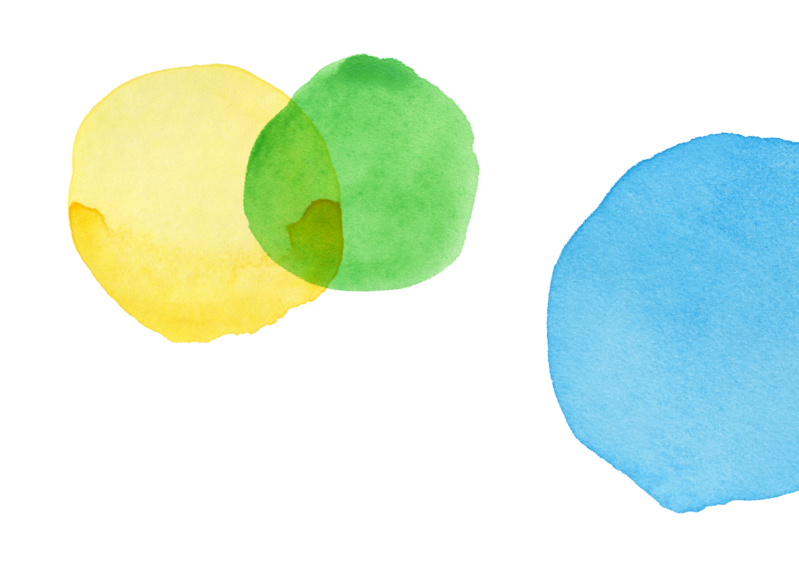Grade 3 - Claim 1 - Target H

 Back to Results
Back to ResultsClaim 1
Concepts and Procedures
Standards
MD-3
Draw a scaled picture graph and a scaled bar graph to represent a data set with...
MD-4
Generate measurement data by measuring lengths using rulers marked with halves and fourths of an inch....
Clarifications
Tasks associated with this target should involve using information presented in scaled bar graphs to solve one- and two-step “how many more” and “how many less” problems. Technology might be used to enable students...
Range Achievement Level Descriptors
Evidence Required
1
The student creates a scaled picture graph and a scaled bar graph to represent a data set with up to four categories.
2
The student solves one-and two-step “how many more” and “how many less” problems using information presented in scaled bar graphs.
3
The student generates measurement data by measuring lengths using rulers marked with halves and fourths of an inch and makes a line plot with fractional measurement values.
Item Guidelines

Depth of Knowledge
M-DOK2
Skill/Concept includes the engagement of some mental processing beyond a habitual response. A Level 2 assessment item requires students to make some decisions as to how to approach the problem or activity, whereas Level 1 requires students to demonstrate a...
Allowable Item Types
- Hot Spot
- Equation/Numeric
Allowable Stimulus Materials
scaled bar graph, scaled picture graph, and line plot
Key/Construct Relevant Vocabulary
scaled bar graph, scaled picture graph, line plot
Allowable Tools
None
Target-Specific Attributes
Line plots can be marked off using fractional units of halves and quarters as well as whole numbers.
Accessibility
Item writers should consider the following Language and Visual Element/Design guidelines [1] when developing items. Language Key Considerations: Use simple, clear, and easy-to-understand language needed to assess the construct or aid in the understanding of the...
Development Notes
Items where students are required to generate measurement data and make a line plot (per CCSS 3.MD.B.4) will be covered in Claims 2 and 4.


Task Models
Task Model 1a

Item Types
Hot SpotDepth of Knowledge
M-DOK2Standards
MD-3
Target Evidence Statement
The student creates a scaled picture graph and a scaled bar graph to represent a data set with up to four categories.
Allowable Tools
None
Accessibility Note
Hot spot items are not currently able to be Brailled. Minimize the number of items developed...
Task Description
Prompt Features: The student is prompted to generate a scaled picture graph or a scaled bar graph. Stimulus Guidelines: Follow any stated guidelines on allowable number ranges. Scaled picture graphs and bar graphs should be equally distributed...
Stimulus
The student is presented with a data set with two to four categories.
Example 1
Example Stem 1: Marco and Beth each read the number of books shown.
| Student | Number of Books Read |
|---|---|
| Marco | 12 |
| Beth | 21 |
Click in each row to create a picture graph that shows the number of books each student read.

Rubric: (1 point) The student creates a picture or a bar graph to show the correct number for each category of data (e.g., shown below).

Example 2
Example Stem 2: Four students read the number of books shown.
| Student | Number of Books Read |
|---|---|
| Bob | 15 |
| Lisa | 50 |
| Nancy | 25 |
| Juan | 40 |
Click in each column to create a bar graph that shows the number of books that each student read.

Rubric: (2 points) The student creates a picture or a bar graph to show the correct number for each category of data (e.g., shown below).
(1 point) The student creates a picture or bar graph to show the correct number for all but one category and the single error is in the level of precision (off by one scaled unit), not in understanding.


